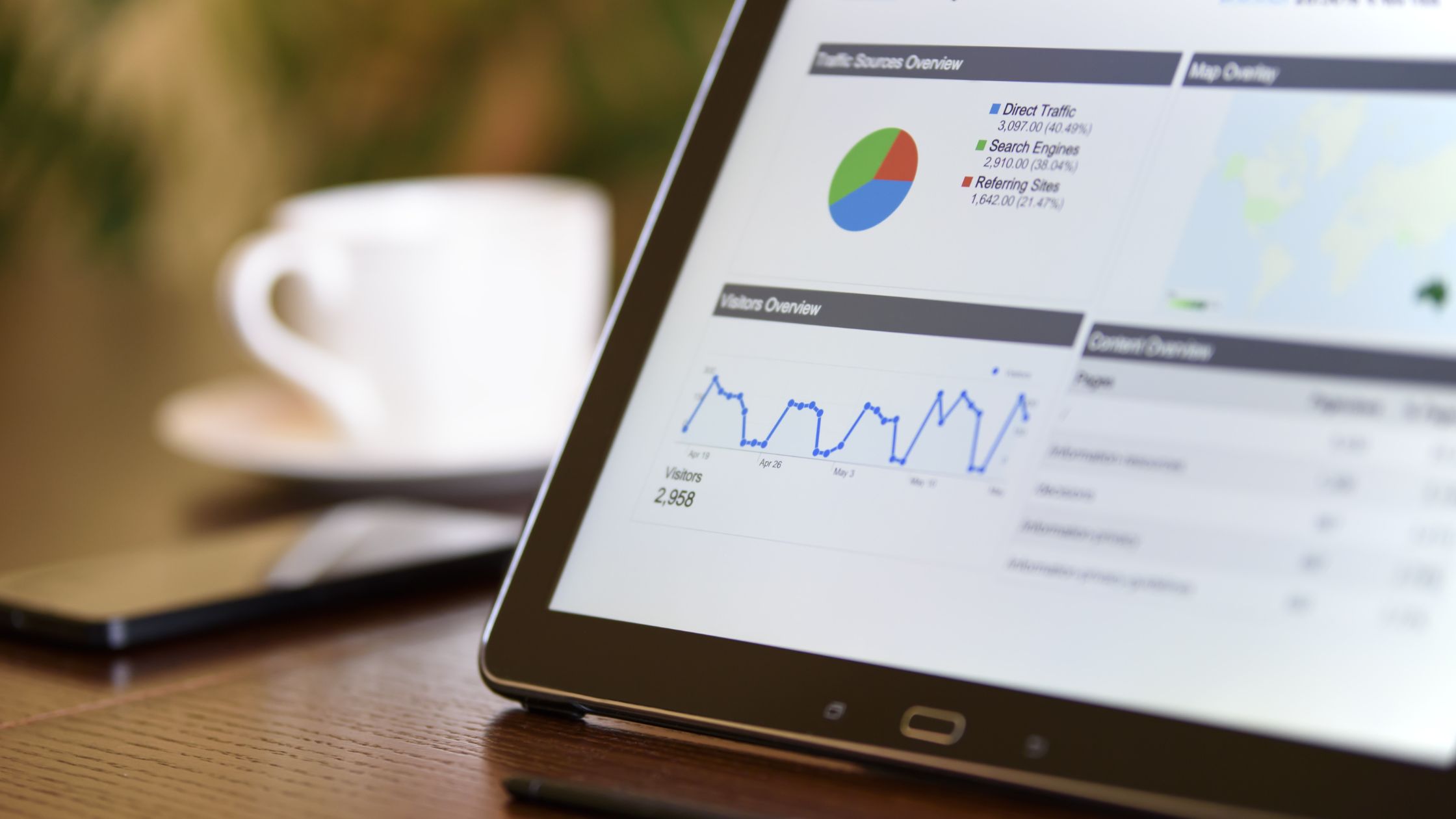Are you looking to prepare a patent landscape report but don’t know where to start? Look no further! In this blog post, we will discuss the steps that you need to take in order to create an accurate and informative patent landscape report. By following these steps, you will be able to obtain a comprehensive understanding of the patents that are relevant to your business or product.
How to get started on a patent landscape report
There are a few key things you’ll need to get started on your patent landscape report. First, you’ll need to have a good understanding of what a patent landscape is and what it can do for you. Second, you’ll need to gather all the necessary data for your report. This includes information on the patents in question, their owners, and the technologies they cover. Finally, you’ll need to format your report in a way that makes it easy to understand and present to others.
Patent landscape report overview
A patent landscape report is a study of the patents in a particular field or technology area. It can be used to identify trends, assess competitors, and make strategic decisions. The scope of a patent landscape report can be as narrow as a single technology or as broad as an entire industry.
Patent landscape reports are used by companies, governments, and other organizations to track trends, assess competition, make investment decisions, and formulate strategies. They can be used to identify opportunities and threats, understand the market landscape, and make informed decisions about where to allocate resources.
Types of patent landscape reports
There are two main types of patent landscape reports: analytical and informational.
Analytical patent landscape reports provide an in-depth analysis of a particular technology area, company, or product. They often include detailed information about the patents in the landscape, as well as market trends and competitive analysis.
Informational patent landscape reports, on the other hand, are less comprehensive and provide an overview of a particular technology area. They typically include information about the number of patents in the landscape, as well as general trends.
Both types of reports can be valuable to companies, depending on their needs. When deciding which type of report to create, it is important to consider the purpose of the report and who will be reading it.
How to get started on a patent landscape report
A patent landscape report is a great way to get an overview of the patents in a particular area. It can be used to inform business decisions, understand the competition, or simply get a better understanding of the technology landscape. Here are a few tips on how to get started on your own patent landscape report:
First, gather data on the patents in the area of interest. This can be done through a variety of sources, such as the USPTO website, Google Patents, or private databases.
Next, organize the data into categories. This will make it easier to analyze and understand. Some common categories include technology field, company, country of origin, and date filed.
Finally, analyze the data and write up your findings. This is where you will really be able to see trends and patterns in the data. It is also important to make sure that your report is clear and concise so that it can be easily understood by those who are not experts in the field.
Identifying the players in a patent landscape report
To prepare a patent landscape report, the first step is to identify all of the key players. This includes not only the assignees of the patents, but also any companies that may have an interest in the technology. Once all of the key players have been identified, their portfolios can be analyzed to see what kinds of patents they hold and how those patents relate to the technology under consideration.
The next step is to identify any gaps in the patent coverage. This includes looking for areas where there are no patents, or where the coverage is weak. These gaps can be used to target further research, or they may indicate opportunities for new products or services.
Finally, the market for the technology should be analyzed. This includes looking at who the customers are, what they want, and how much they are willing to pay. This information can be used to determine whether there is a market for the technology and, if so, how best to serve that market.
Analyzing patents and patent applications
It is a very important part of the patent landscape report process. This analysis can provide critical insights into the competitive landscape, potential infringement risks, and opportunities for developing new products or processes.
With these tips, you should be well on your way to creating a great patent landscape report. Good luck!
